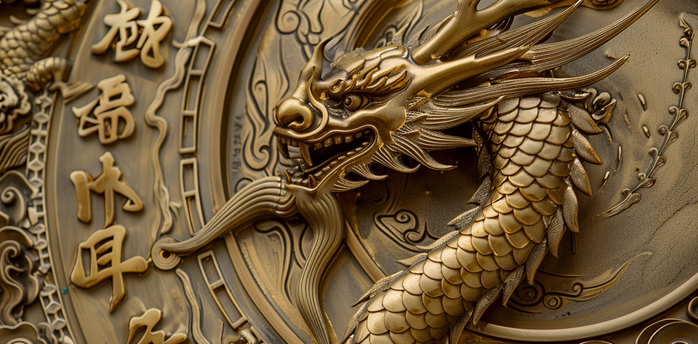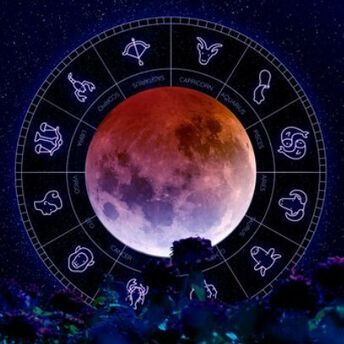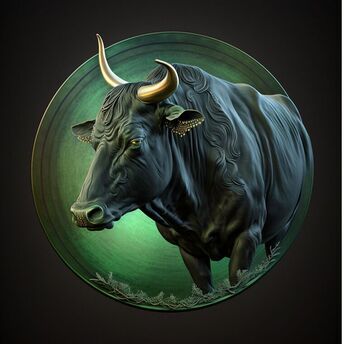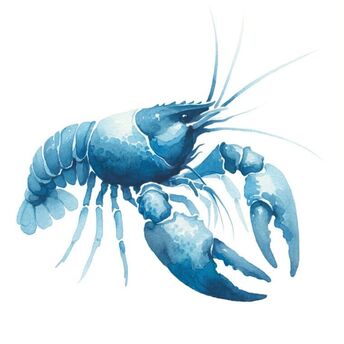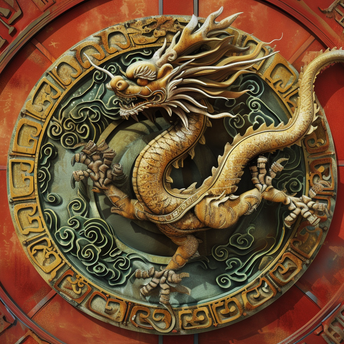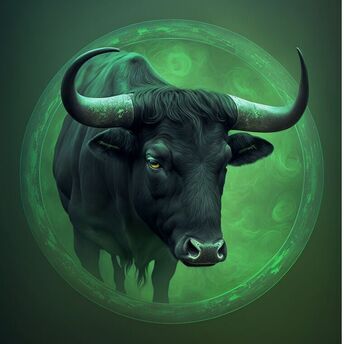Dumplings, dim sums and momos: what is the difference between these dishes?
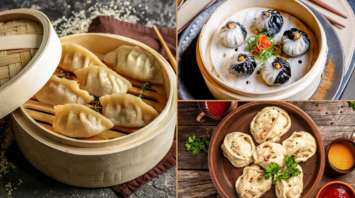
If you're a fan of street food, you may have noticed momo stands growing like mushrooms in your city. You may have also encountered dumplings and dim sums in many Asian restaurants.
Have you ever wondered how they differ? These dough dishes come in different shapes and sizes. Despite their similarities, they have some unique features that set them apart, explains News Bytes.
Place of origin
Momos originate from Tibet and are usually filled with spicy vegetables or meat.
Dim sums originated in the Guangdong region of southern China and refers to small portions of Cantonese cuisine.
Dumplings originate from Northern China, they can come in various shapes and sizes and can be filled with meat, vegetables, or a combination of both.
Cuisine
In Tibet, momos were traditionally filled with yak meat, but in India, vegetables were added to cater to many vegetarians.
Dim sums offer different flavors, textures, and fillings and can be enjoyed as regular, seasonal, or divine offerings.
The dumplings are very versatile, they can be filled with fish, chicken, pork, or vegetables, and can be cooked by boiling, baking, slow cooking, steaming, or frying.
Appearance
Dumplings, momos, and dim sums are all dough-based dishes with a filling, but they differ in appearance.
Dumplings are usually larger pieces of wheat dough wrapped around a filling; they can be fully or semi-stuffed.
Momos are smaller and always have a filling.
At the same time, dim sums have a translucent or completely transparent outer shell with finely chopped or sliced filling.
As TravelWise reported earlier, the top 10 dishes worth trying in Seoul were named.


